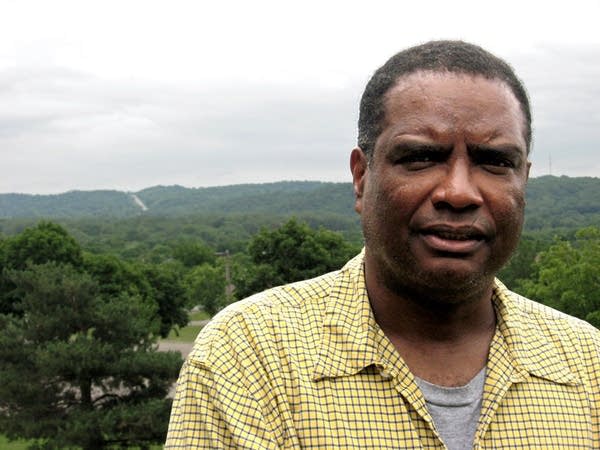When all hope in a disaster seems lost, take heart

South of the Cities on Highway 169, about 12 miles outside St. Peter, the highway takes a precipitous dip down into the Minnesota River Valley. It winds around lush, wooded bluffs and hilltops as it hugs the river all the way into town. At this time of year, the valley is at its greenest and grandest. It's a scene that could be found on a picture postcard. But there was a time when the valley didn't look this way at all. In fact, for the last 12 years it's been on a steady, quiet comeback.
On March 29, 1998, an F3 tornado ripped through St. Peter, and in a matter of minutes it left most of the town and campus of Gustavus Adolphus College in ruins. Five hundred homes and buildings were destroyed. Seventeen thousand trees were blown down in St. Peter alone. Old growth oaks, ash and cottonwoods four stories high were uprooted as easily as someone would pull a toothpick out of a martini olive.
For years afterward I looked out over this valley that now stood wasted, treeless, sheared and clipped down to its bare bones, and seriously questioned whether this area -- the town of St. Peter or the college -- could ever return to what they were before the storm.
I'm sure residents of the Gulf Coast region are asking the same questions now. How can the Gulf possibly come back from the total devastation the oil spill is visiting upon its rich coastal marshlands and irreplaceable ecosystems?
Create a More Connected Minnesota
MPR News is your trusted resource for the news you need. With your support, MPR News brings accessible, courageous journalism and authentic conversation to everyone - free of paywalls and barriers. Your gift makes a difference.
Yet 12 years after the great March 29 tornado, the town and college have recovered and are rebuilt. From my office window on campus I can look eastward and see the thousands of saplings planted after the storm have taken firm root. They're trees now, and they've grown so tall they mostly obscure the houses and buildings in town. Call it a part of that quiet, yet steady comeback.
Drive down from the Cities on Hwy. 169. Bring a camera along and snap a few postcard-perfect photographs of the river valley while it's at its greenest and grandest. We can only hope for something similar to happen, perhaps in 12 years' time, in the Gulf Coast region. The great pall of spilt oil cleaned up and dispersed, the pristine coastal beaches, fragile natural habitats and marshlands restored, protected and preserved. Shrimp, oysters and fish plentiful again, and like this lush, green Minnesota River valley, all making their quiet, yet steady comeback.
--
Philip Bryant is a professor of English at Gustavus Adolphus College.
